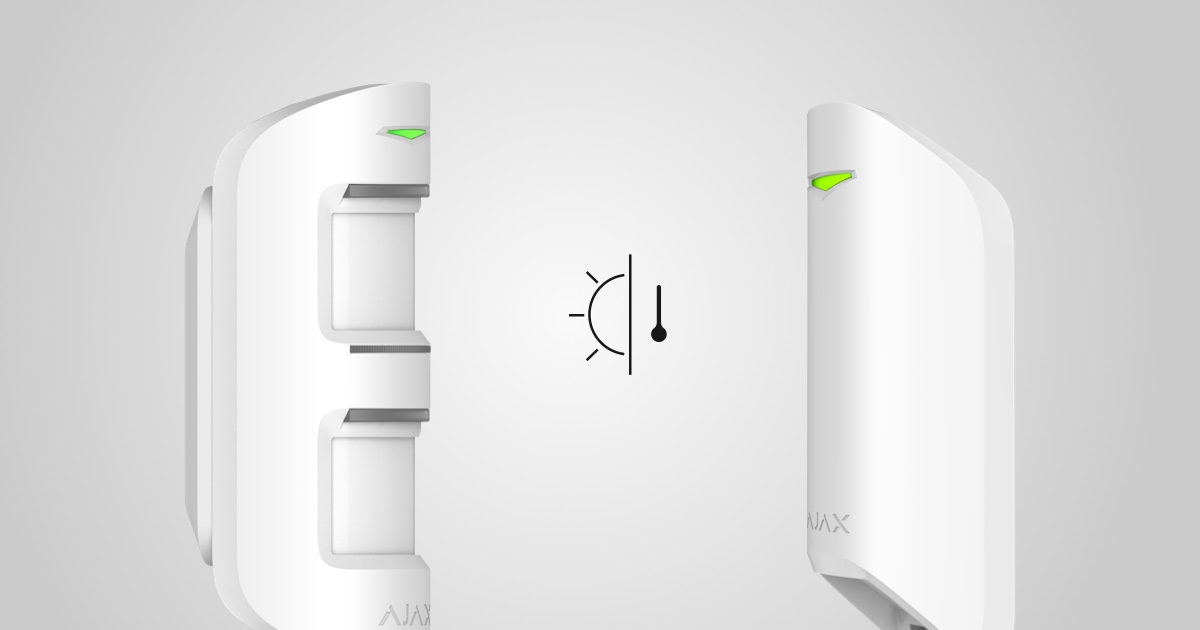Motion detectors track the movements of heat-emitting objects. They are configured in such a way as to react to people from their first steps in the protected area and to filter out false signals from natural interference and animals. A special software algorithm for processing the PIR sensor signal has been developed for each Ajax motion detector to increase the accuracy and efficiency of operation.
Under ideal conditions, the human body temperature (36.6°C on average) differs from the ambient temperature. Their contrast allows the motion detector to record the movement of a person in space accurately. In situations where the ambient temperature is very close to body temperature, temperature compensation is necessary.
Temperature compensation is implemented at the software level and is based on regular measurements of the ambient temperature by the detector. At an ambient temperature of 14°C to 42°C, with each measurement, the detector introduces a correction according to the table of correction factors stored in its memory, i.e., either increases or decreases the sensitivity of PIR sensors.
Changing the sensor sensitivity is an internal setting that does not conflict with the detector sensitivity set by the user in the app.
Thanks to temperature compensation technology, the motion detector remains effective within the entire permissible temperature range of the device.
Ajax detectors supporting the temperature compensation technology:

